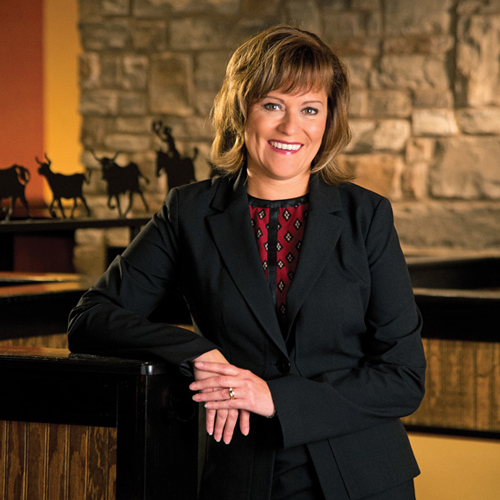The health care industry is one of constant change and development, but its current state of transition is unprecedented. As health care professionals across the country reassess how their products are accessed, delivered, and financed, one hospital system in Dallas is poised to take the lead in industry innovation. Parkland Health and Hospital System’s chief information officer, Fernando Martinez, outlines the hospital’s current projects and its future in driving the industry.
A New Hospital Takes Center Stage
It was Parkland’s trauma unit that operated on President John F. Kennedy when he was shot that fateful day—November 22, 1963—in Dallas. Parkland actually treated Lee Harvey Oswald and Jack Ruby, as well. The 60-year-old building and 120-year-old hospital have a place in both American and local history, but its goals and needs outgrew the old building years ago. Right now, Parkland has the perfect opportunity to build something truly unique, Martinez says. Expected to be completed this year, New Parkland hospital will open in the spring of 2015.
Building a new hospital requires an enormous amount of coordination, Martinez explains. In addition to creative departments with integrated technology, practical considerations, such as the most efficient way of moving patients between locations, have to be taken into account. The building will span 2.5 million square feet, hold 862 beds, and offer parking for 6,000 cars. The proposed cost for the building is $1.27 billion, funded with support from both taxpayers and private donations. “This community loves Parkland,” says Martinez. “And that’s allowed us to build a new environment and design it from the ground up.”
New Parkland Hospital, set to open in 2015, will be larger, more technologically advanced, and more connected than its predecessor. It will be the first hospital to employ analytics to predict patient readmission within thirty days of discharge, which occurs among at least 11 percent of patients in almost all hospital referral regions—and as much as 18 percent in others.
One change that will impact both employees and patients in the new facility is the location and use of elevators and hallways. Employees will use separate elevators and corridors from those used by visitors and patients. The new hospital was designed in a Disney World-style model, Martinez explains. “At Disney World, you have offstage and onstage. Offstage is where all the workers, supplies, and hospital traffic takes place, out of the view of the customer.”
Enabling Tech Talk
Another major change the new hospital will unveil could, and hopefully will, be replicated by health care providers across the country. There are many different types of hardware and technologies used in health care, and the industry has tried for years to integrate these devices, with varying levels of success. “We’re introducing a robust and extensive medical device integration layer,” Martinez says, “which allows us to interconnect all of those devices. The integration allows various devices to communicate with one another digitally into a common stream of data, so we can then incorporate the data seamlessly into our patients’ medical records without human intervention.”
That leap forward is huge for the industry. Removing human error attributed to transcription into electronic medical records will lead to higher accuracy, improved care, and access to additional statistical information. The change will also make current employees more efficient. The task of transcribing used to fall on nurses, who will instead use that time to focus on patient care.
Predicting the Future
For years, health care professionals had discussed the use of predictive analytics. Pieces is the name of the first information system that runs predictive models to generate real-time information about patients’ risk of readmission. Once Parkland developed it, and the related research was published, inquiries started pouring in from all over the country exploring how the system could be implemented at other facilities.
Today, “patient-centered care” is a buzzword in the industry, and once again, Parkland is one of the first to take that concept and turn it into a solution. “We’ve actually built a hospital that’s optimized for the patient experience,” Martinez says. “The integration of technology around the patient experience will educate patients and help them make informed decisions about their care.”
As Parkland prepares to unveil this model, Martinez explains the type of patient Parkland is specifically designed to serve. As a public health facility, Parkland belongs to some of the most traditionally underserved patients in the country. Thanks to the new hospital, they will now have the most advanced and sophisticated health care available. “We’re not catering to VIPs and movie stars,” Martinez says. “We built what is arguably the best health care organization in the country to serve some of the neediest people in the country.”

